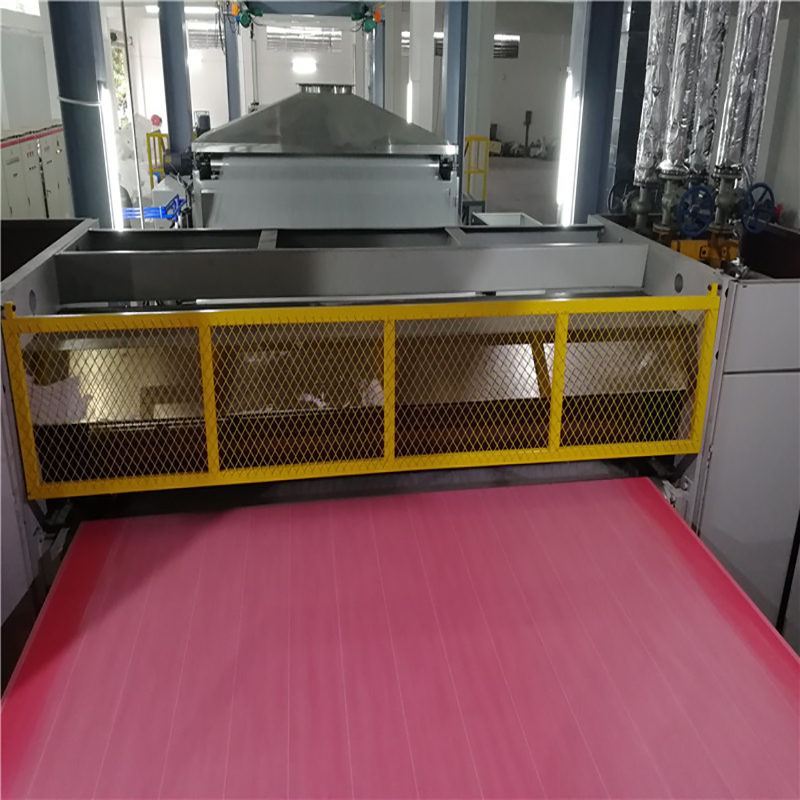Meltblown nonwoven fabric machines use high-speed hot air to produce light, porous fabrics made of extremely fine fibers. These machines have many applications in industries like healthcare, filtration and apparel.

What Is A Meltblown Nonwoven Machine?
A meltblown nonwoven machine is a special type of extrusion equipment used to manufacture meltblown machine nonwoven fabric. It works by extruding thermoplastic resins through fine nozzles and blowing heated air at high velocities onto the extruded filaments.
As the filaments exit the nozzles, the hot air attenuates and entangles them, forming a web of fine fibers that is collected on a conveyor. The resulting nonwoven fabric is lightweight with very small fiber diameters.
Meltblown machines typically have three main components:
- Extruder – Melts the thermoplastic resin pellets or granules and extrudes it through nozzles.
- Distribution plate with nozzles – The melt is forced through thousands of tiny nozzles to form the filaments.
- Hot air system – High-velocity air heats up as it passes over a chamber and is then blown onto the extruded filaments.
The hot air stretches and attensuates the filaments as they exit the nozzles, forming fine fibers that quickly mix and entangle on a rotating forming surface. The nonwoven web is then conveyed to a winding unit.
Key Parameters of Meltblown Machines
- Nozzle holes – The number and diameter of nozzle holes determine the fineness of the fibers and fabric basis weight.
- Air temperature – Higher air temperatures produce finer fibers but can damage the resin.
- Airflow – Higher air velocity produces finer fibers but consumes more energy.
- Resin type – Different resins like PP, PE and PET are used based on fabric properties required.
- Velocidade de produção – Higher speeds allow more fabric production but affect fiber fineness.
- Width – Machine width determines the size of the nonwoven fabric produced.
Machine manufacturers optimize these parameters to produce meltblown fabrics with the properties required for specific end uses. Wider machines with more nozzle holes can produce higher output.
Applications of Meltblown Nonwoven Fabrics
Attributes of meltblown nonwoven fabrics that enable various applications:
- The fine fiber diameter produces high porosity and surface area.
- They are light due to weighing between 10 para 300 gsm.
- The fabrics exhibit good barrier properties against microbes, liquids and particles.
Common uses of meltblown nonwoven fabrics:
- Healthcare: They are used in surgical drapes, vestidos, masks and swabs.
- Filtração: They serve as filter media for air, liquids and other applications.
- Apparel: They are used as interlinings and insulation layers in clothing.
- Wipes: They are used to make wet wipes for personal and industrial cleaning.
- Acoustics: They are used as sound insulation in buildings and vehicles.
